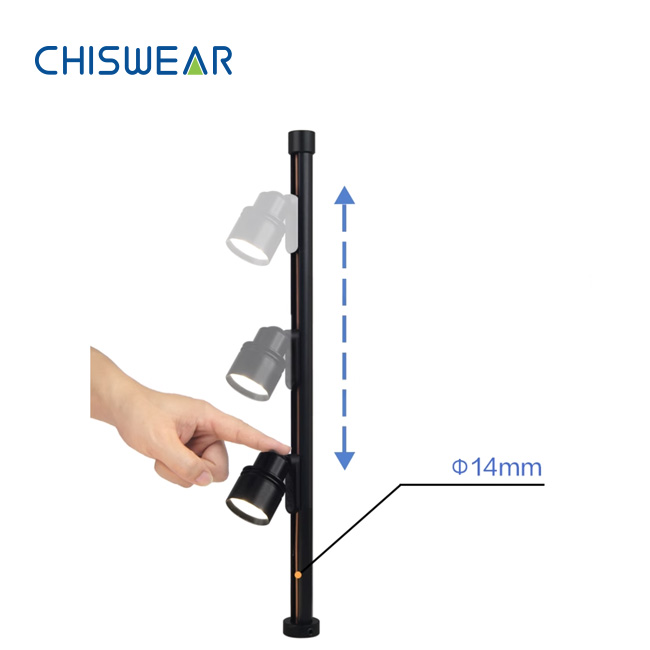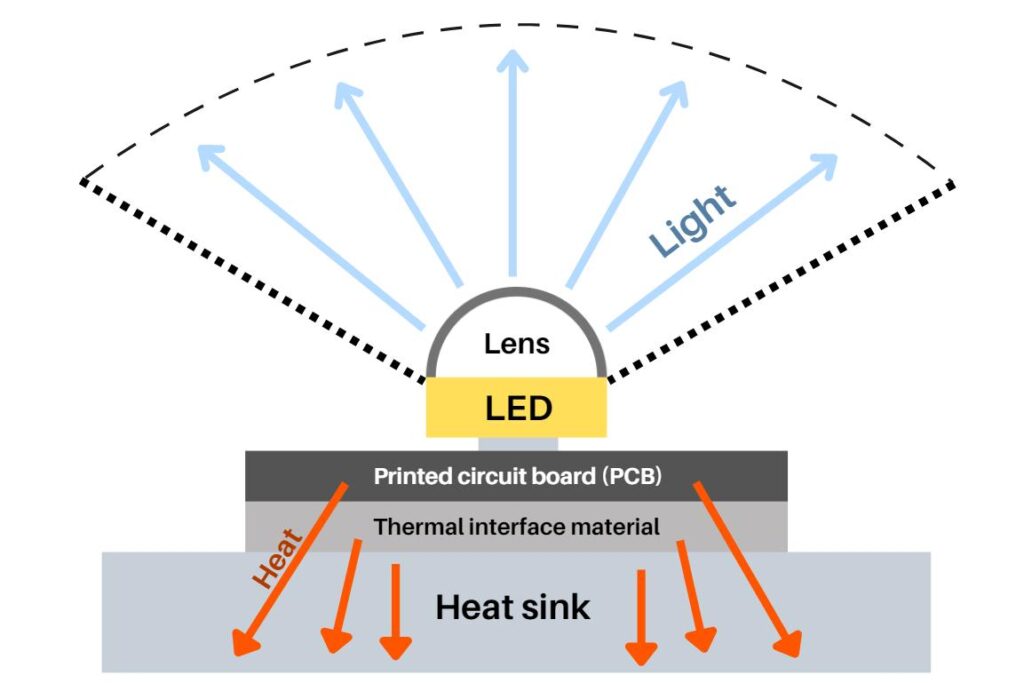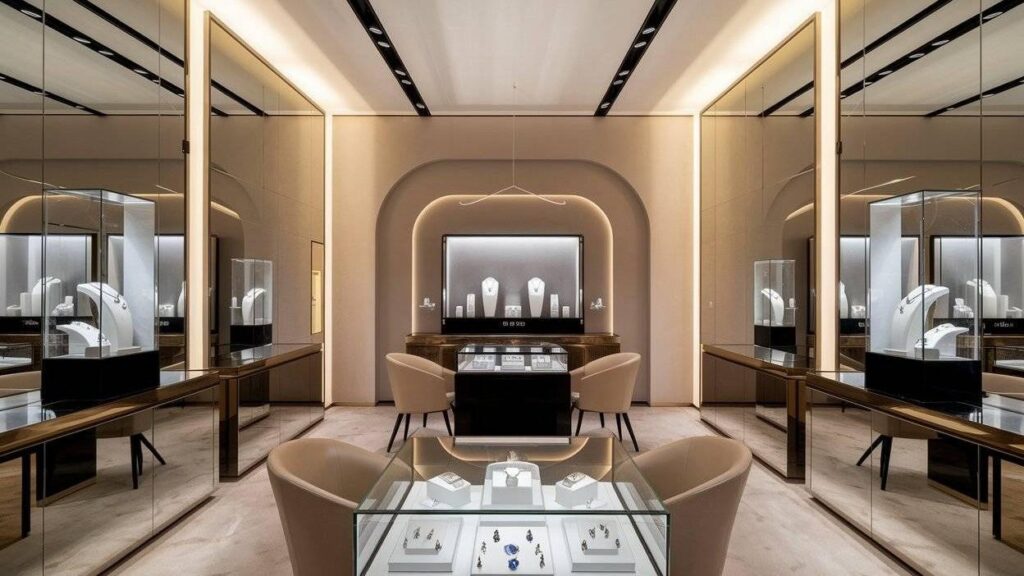Introduction
Display cabinets need proper light to reveal items best. This article explains simple ways to reduce glare and improve display lighting. We will discuss choosing the right lights, placing them well, using anti-glare tools, selecting proper materials, planning the light layout, and doing regular checks. The ideas here are clear and easy to understand. You will learn how each step works and why it is important.
Select Suitable Light Sources and Fixtures
Good lighting starts with the right tools. It is important to use lights that make colors look true. A high Color Rendering Index (CRI) of 90 or above helps show items as they are. You can control the spread of light with the right fixture and lighting angle. This prevents light from spilling over and causing unwanted reflections.
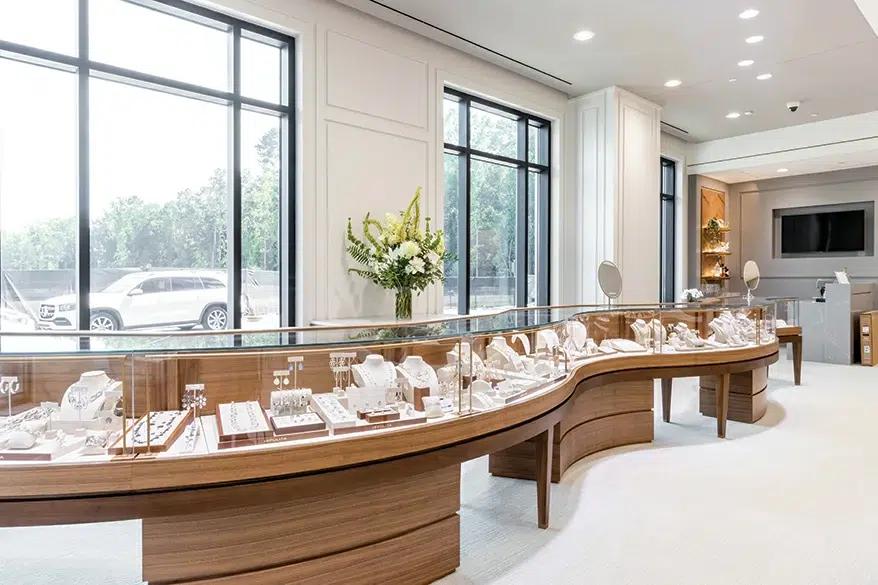
It is also wise to use low-power fixtures. For example, a magnetic track light is a smart choice. These lights use little power and do not shine too bright. The lower power means there is less risk of over-illumination.
A great example is the 3W 300LM magnetic track light. This light is designed to work well in display cabinets. It makes items look good without creating glare. Good light helps the colors of exhibits to pop and look true to life.
Using the right fixture is key to a good display. Each light should be chosen with care. This choice improves the overall look and feel of the cabinet. The correct lights also lower energy use and help keep the display focused.
Optimize Fixture Placement
The next step is to think about where to place the lights. Proper placement is as important as choosing the right lights. You want to use both top and side lighting. Top lighting gives a base of even light over the entire cabinet. Side lighting, on the other hand, highlights special items.
Placing lights close to the items is a smart idea. The closer the light is, the less power you need. This reduces the chance of reflections on glass surfaces.
When the light is near, it does not bounce around too much. The display looks clear and easy to view. This setup is simple and effective. It helps each item to shine without being overpowered by light.
When lights are arranged well, they cover the entire area. This arrangement makes sure that every part of the display is bright enough. In a well-lit cabinet, viewers can see every detail.
Use Anti-Glare Accessories
Sometimes even good lights create unwanted glare. To fix this, you can use anti-glare accessories. Anti-glare tools you can use include:
- Anti-glare mesh.
- Diffusers.
- Shades.
The anti-glare mesh is often made from aluminum honeycomb. This material cuts down on direct light that can be too harsh. Diffusers or shades are also helpful. They spread the light evenly. When you use a diffuser, the light does not hit the glass or the display in a strong burst.
These tools are an easy way to improve your display. They work well with the fixtures you choose. For instance, a magnetic track system that comes with anti-glare features is a great addition. It keeps the light soft and even.
The key is to ensure that the accessories match the lights. When they work together, they keep the reflections low. The light stays focused on the items, not the cabinet walls or glass. This careful matching of accessories and lights is a must for a clean look.
Choose Appropriate Display Cabinet Materials
The materials you use in the display cabinet are just as important as the lights. The glass and interior finishes must help reduce glare. Anti-reflective glass is one good choice. This glass has a special coating that stops too much light from bouncing off. It lets you see the items inside clearly.
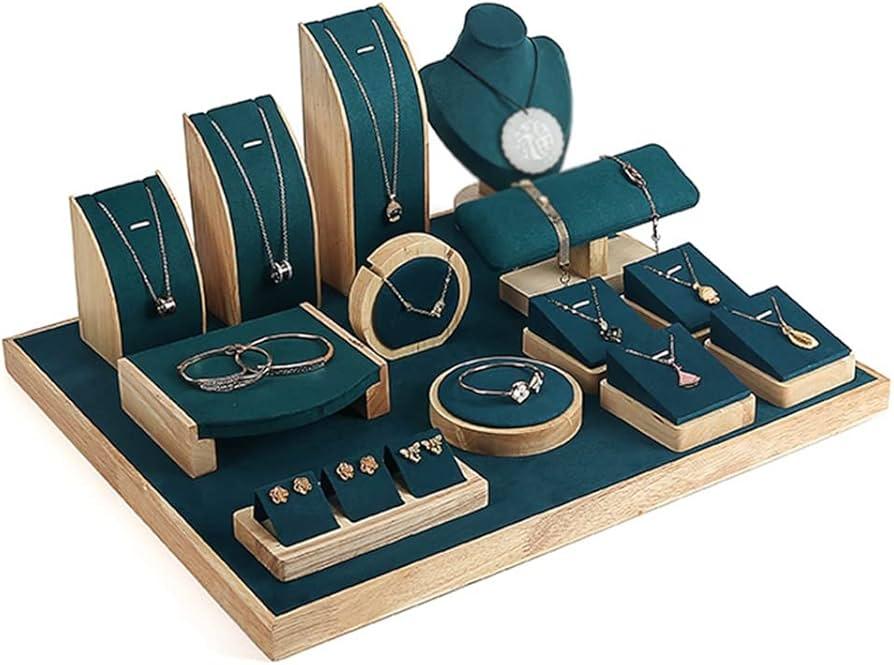
Matte materials are a great choice for the interior surfaces. They do not reflect light as much as shiny surfaces do. Using matte finishes helps to lower the chance of glare. When the light does not bounce off the interior, it stays focused on the items on display.
Design Lighting Distribution Logically
A smart lighting layout makes all the difference. Instead of using one heavy light, use many low-power lights. This method is called multi-point lighting. It means you have several sources of light instead of one. Multiple lights give you even coverage. They prevent one area from being too bright while another stays dim.
Adding dimming controls is another good idea. Dimming makes the system flexible and saves energy. It also helps to reduce glare because you can lower the brightness when needed.
A well-planned layout keeps the light balanced. It ensures that every angle of the display is covered. For example, if you use LED showcase lighting, the lights are bright but gentle. They work well with dimming controls to create the best effect. The result is a smooth, inviting display that is easy on the eyes.
Perform Regular Maintenance and Adjustments
Even the best lighting systems need care. Regular maintenance is important to keep everything working well. You must check the alignment of each fixture. Sometimes the lights can shift. This can lead to unwanted glare. Checking the alignment ensures that the light stays on target.
It is also wise to replace old parts. Over time, lights and diffusers can wear out. When they do, the light may become too harsh or dim. Replacing these parts in time keeps the display bright and clear. Regular maintenance is a simple step that prevents bigger problems later.
Practical Applications Examples
Mount Magnetic Track Lights with Anti-Glare Features: The 3W 300LM Magnetic Track Light fits display cases. It adjusts its beam and uses anti glare mesh to cut reflections.
Switch to Anti-Glare Glass: Use anti reflective glass in display cabinets. It cuts surface reflections and improves exhibit visibility.
Use Top and Side Lighting: Place lights above and at the side. This offers balanced light and cuts shadows along with glare on items like jewelry and watches.
You can also add a Mini LED pole lighting system. For instance, a product like the Mini LED pole light available at is ideal. It helps to light up small areas and brings attention to fine details. This system works well in combination with other lights.
Conclusion
Maintaining the perfect lighting setup is an ongoing process. It requires careful choices and constant attention. Each element—from choosing a magnetic track light to using LED showcase lighting—plays a role in reducing glare. The steps are simple and clear. They work together to produce a display that is both beautiful and functional.
External:

